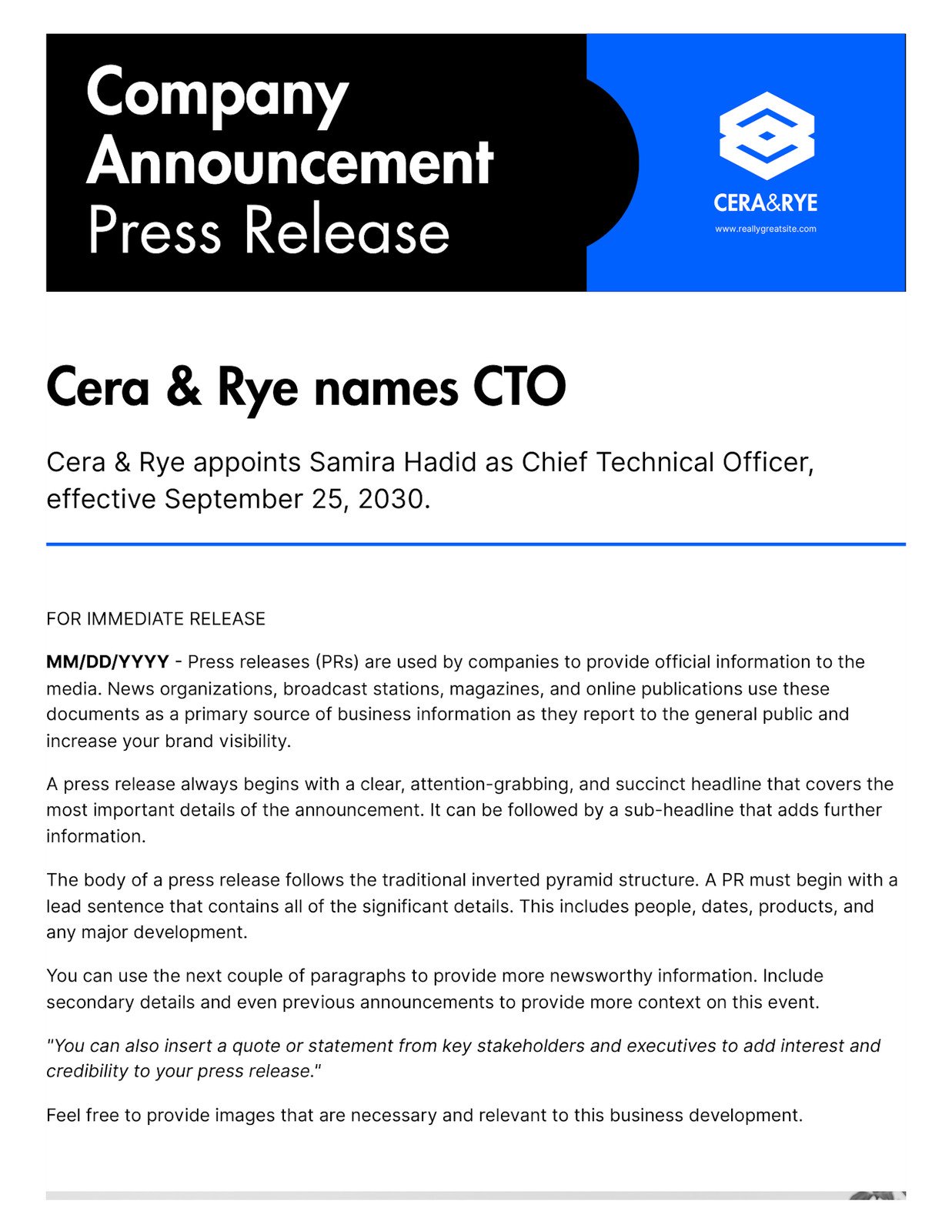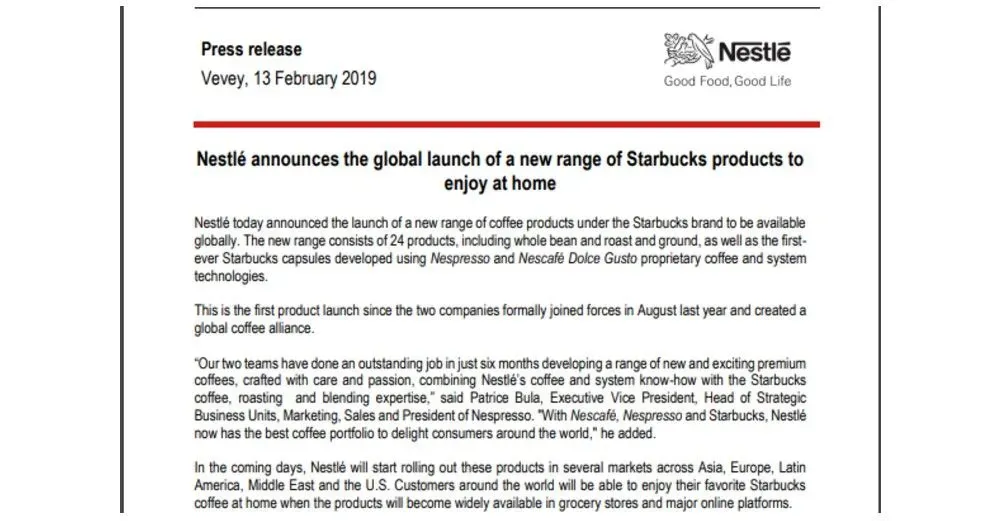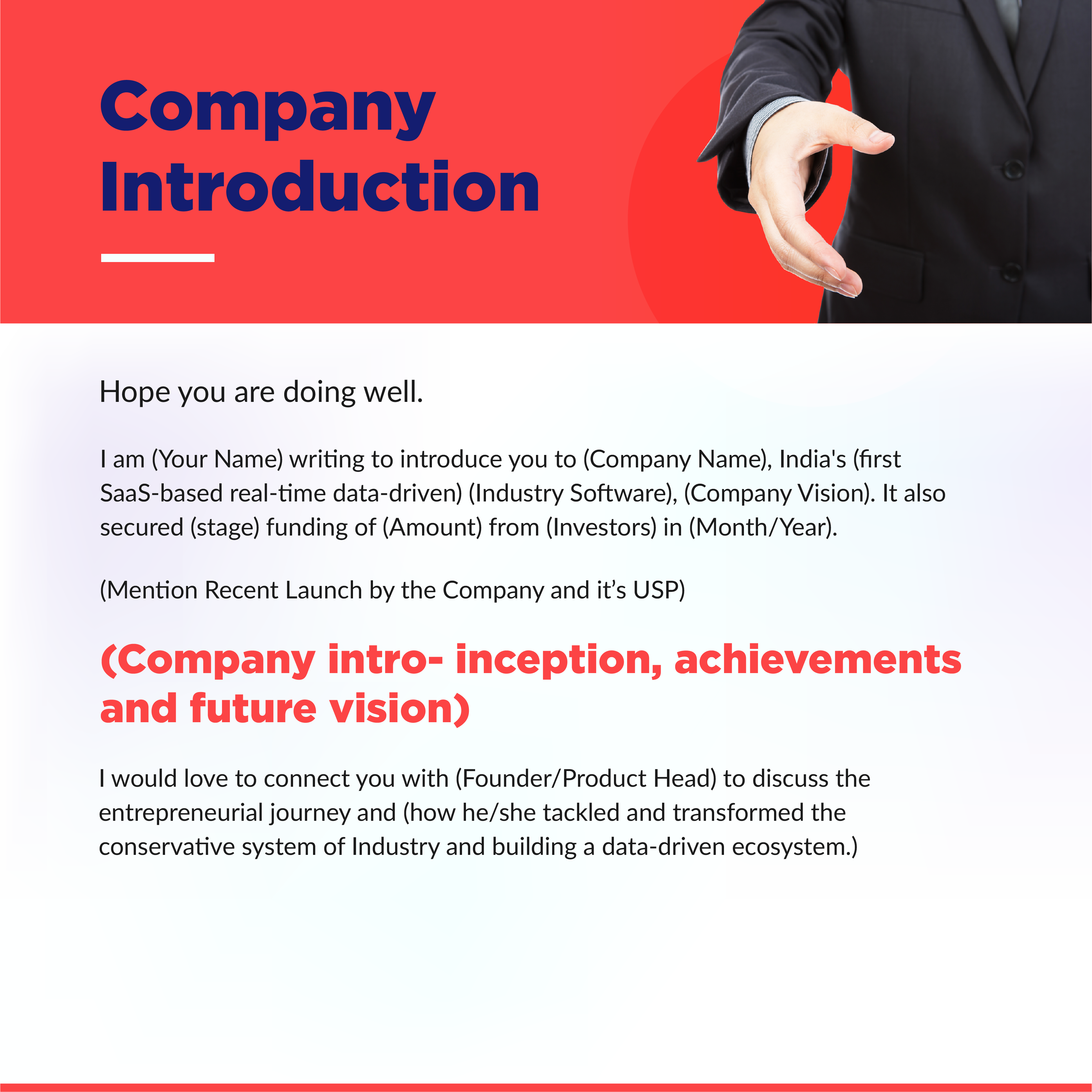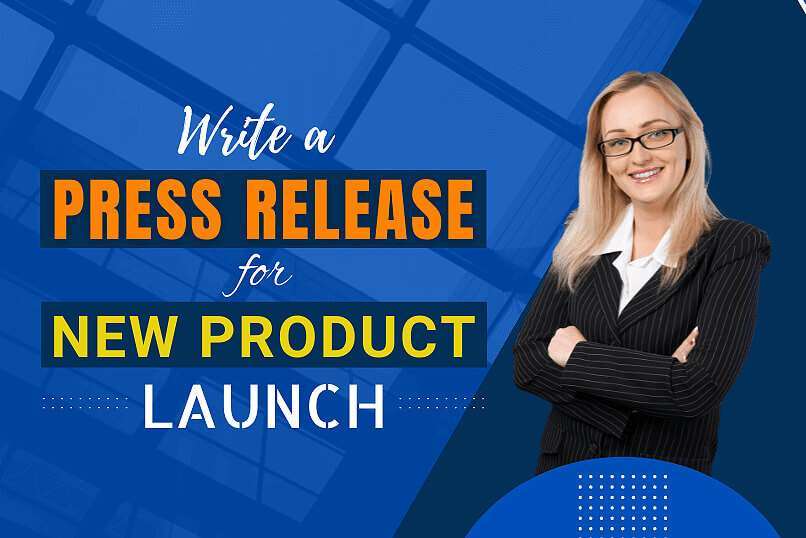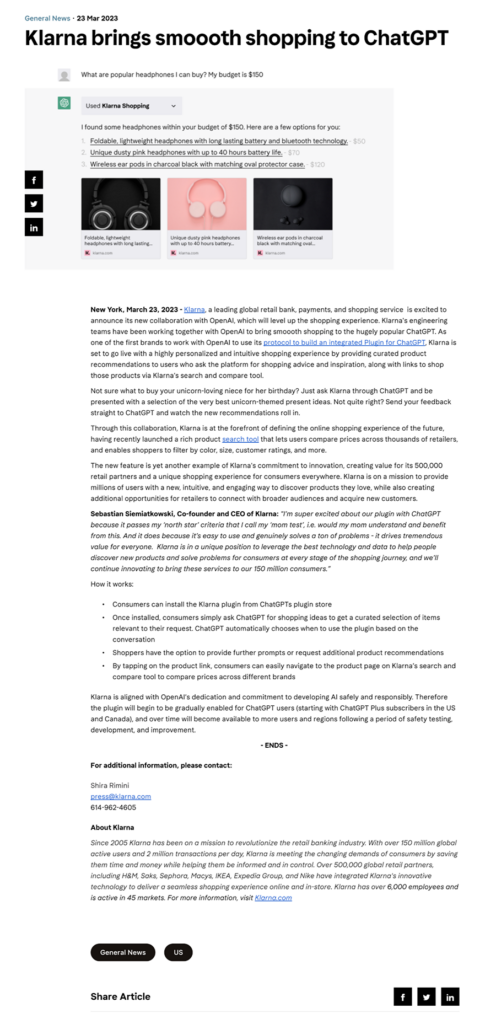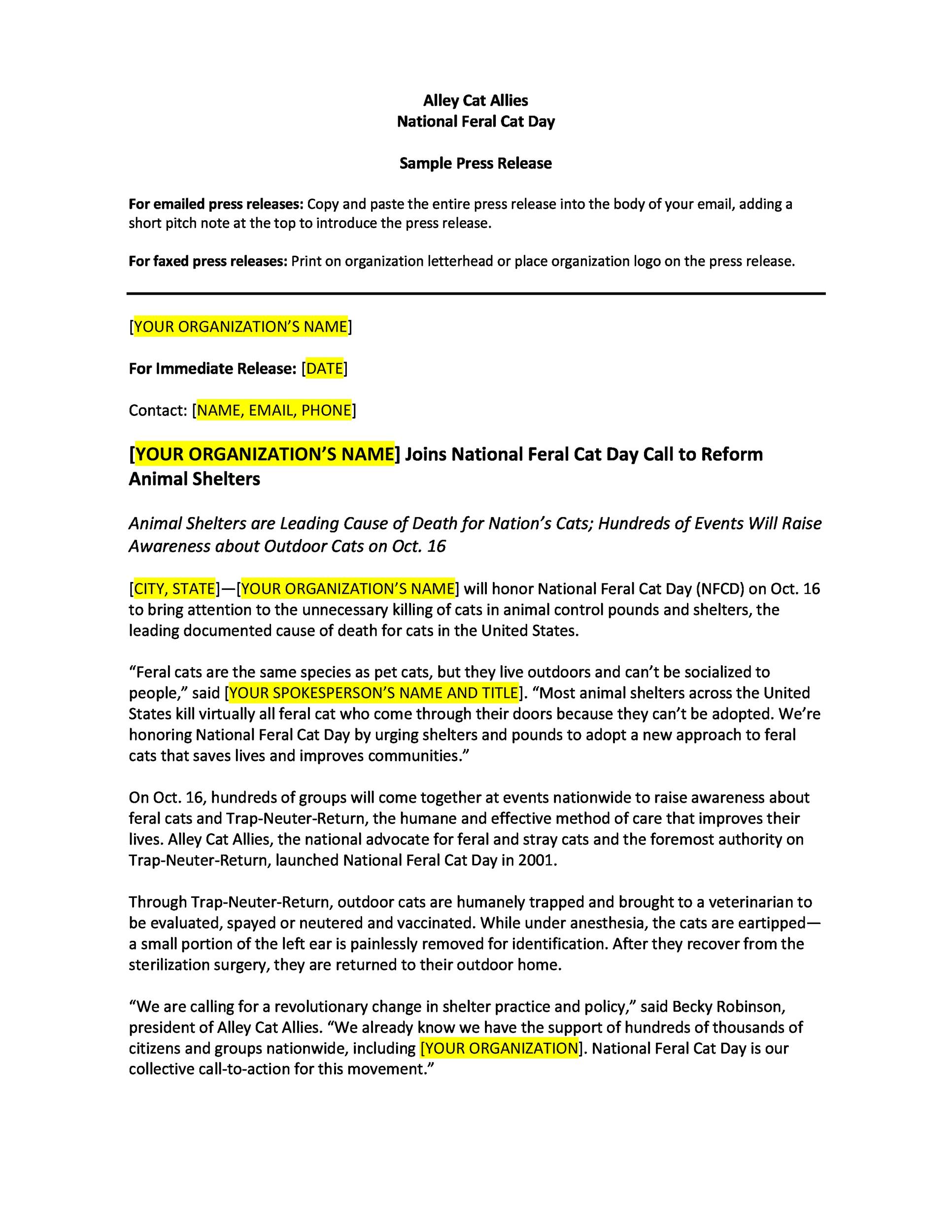How To Write A Press Release For A Product
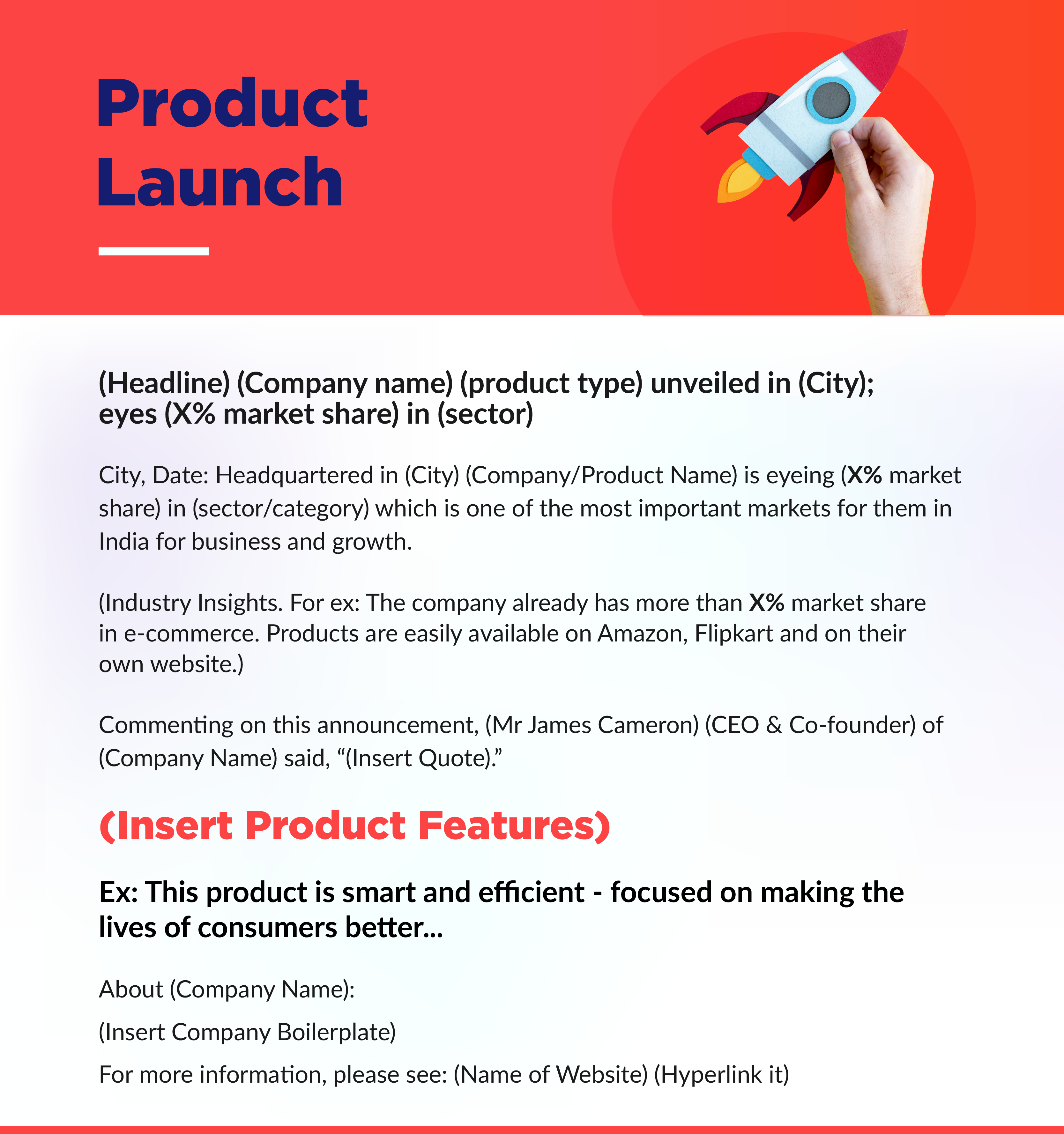
In today's fast-paced digital landscape, launching a product without a well-crafted press release is akin to whispering in a hurricane. The sheer volume of information vying for attention demands a strategic approach to ensure your product breaks through the noise and reaches its intended audience. Mastering the art of press release writing is no longer a luxury but a necessity for businesses of all sizes.
This article serves as a comprehensive guide, detailing the essential elements and best practices for creating a compelling press release that effectively announces your product and secures valuable media coverage. We will explore the key components, writing style, distribution strategies, and metrics to track, empowering you to craft a press release that resonates with journalists and captivates your target market.
Understanding the Core of a Product Press Release
At its heart, a press release is a formal announcement distributed to media outlets to inform them about a newsworthy event, such as a product launch. It's a concise, factual document designed to capture the attention of journalists and encourage them to write a story about your product.
Unlike marketing copy, a press release should be objective and avoid overtly promotional language. The goal is to present information in a clear, unbiased manner, allowing journalists to form their own opinions and craft their own narratives.
The Essential Components: A Structured Approach
A well-structured press release adheres to a specific format that ensures clarity and ease of comprehension for journalists. This structure typically includes the following key elements.
Headline: The headline is the first thing journalists see, so it must be attention-grabbing and accurately reflect the product's key benefit. Keep it concise, informative, and under 10 words.
Subheadline: This provides additional context to the headline, expanding on the product's unique selling proposition. It allows you to elaborate on the key benefit mentioned in the headline.
Dateline: This indicates the city and state where the press release is being issued, followed by the date. It establishes the press release's origin and timeliness.
Introduction: This opening paragraph should immediately grab the reader's attention and summarize the key takeaway. It should clearly state what the product is, its primary benefit, and why it's newsworthy.
Body Paragraphs: These paragraphs provide detailed information about the product, including its features, benefits, target audience, and pricing. Use compelling language and quantify benefits whenever possible (e.g., "increases productivity by 20%").
Quotes: Include quotes from key stakeholders, such as the CEO, product manager, or satisfied customers. These quotes add credibility and provide a human perspective on the product.
Call to Action: Direct readers to your website or other relevant resources where they can learn more about the product. This ensures that interested journalists and potential customers can easily find additional information.
Boilerplate: This is a brief paragraph that provides background information about your company. It should include your company's mission, history, and key achievements.
Media Contact Information: Provide the name, title, email address, and phone number of the person responsible for handling media inquiries. This ensures that journalists can easily reach out for more information or interviews.
Crafting Compelling Content: The Art of Persuasion
The content of your press release is crucial in determining its success. It must be factual, informative, and engaging to capture the attention of journalists and inspire them to write a story.
Avoid using overly promotional language or hype. Instead, focus on presenting the facts in a clear and concise manner.
Highlight the unique selling proposition (USP) of your product. What makes it different from the competition? What problem does it solve for customers?
Use strong verbs and active voice to make your writing more engaging. Avoid jargon and technical terms that may not be understood by a general audience.
Distribution and Promotion: Reaching Your Target Audience
Once you have crafted a compelling press release, it's essential to distribute it effectively to reach your target audience. Several distribution channels are available, each with its own advantages and disadvantages.
Press Release Distribution Services: These services, such as PR Newswire and Business Wire, distribute your press release to thousands of media outlets and journalists. They offer various pricing tiers based on the reach and features offered.
Targeted Email Outreach: Identify journalists and bloggers who cover your industry or niche and send them a personalized email with your press release. This allows you to tailor your message to specific publications and build relationships with key influencers.
Social Media: Share your press release on social media platforms like Twitter, LinkedIn, and Facebook. Use relevant hashtags to increase visibility and reach a wider audience.
Your Company Website: Post your press release on your company website's newsroom or blog. This makes it easily accessible to journalists and potential customers who are interested in learning more about your product.
Measuring Success: Tracking Key Metrics
To determine the effectiveness of your press release, it's essential to track key metrics. These metrics provide insights into how well your press release is performing and help you optimize your future campaigns.
Website Traffic: Monitor website traffic to see if there's an increase in visits after the press release is distributed. This indicates that the press release is driving traffic to your website.
Media Coverage: Track the number of media outlets that publish stories about your product based on the press release. This is a key indicator of the press release's success in generating media coverage.
Social Media Engagement: Monitor social media mentions, shares, and comments related to your press release. This provides insights into how the press release is resonating with your target audience.
Sales and Leads: If possible, track sales and leads generated as a direct result of the press release. This provides a direct measure of the press release's impact on your bottom line.
Looking Ahead: The Future of Product Press Releases
The landscape of press release writing is constantly evolving. To stay ahead of the curve, it's essential to adapt to new trends and technologies.
Optimizing your press release for search engines (SEO) is becoming increasingly important. This involves using relevant keywords in your headline, body text, and metadata to improve your press release's visibility in search results.
Incorporating multimedia elements, such as images and videos, can make your press release more engaging and visually appealing. Many news release services allow for multimedia uploads.
Personalizing your press release and tailoring it to specific audiences can increase its effectiveness. Use data and analytics to understand your target audience and craft a message that resonates with them.
By embracing these trends and continuously refining your approach, you can ensure that your product press releases continue to generate valuable media coverage and drive business results. The ability to effectively communicate your product's value proposition remains a critical skill in today's competitive market.
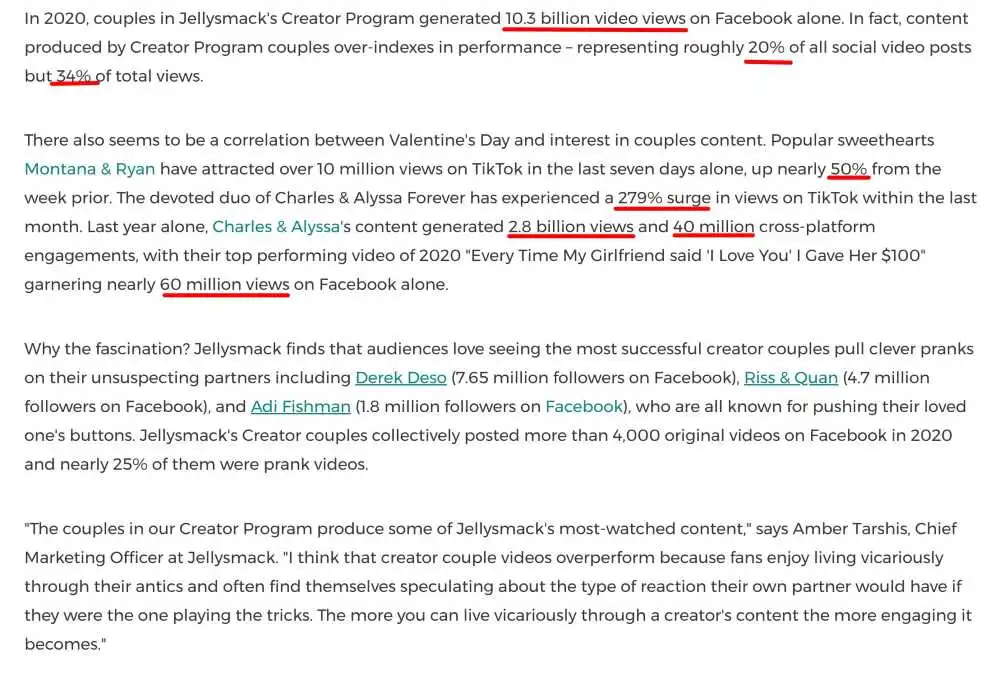

![How To Write A Press Release For A Product How to Write a Press Release for a New Business [+Free Template]](https://prnews.io/blog/wp-content/uploads/2023/01/Press-Release-Template-For-Bisuness_page-0001-791x1024.jpg)
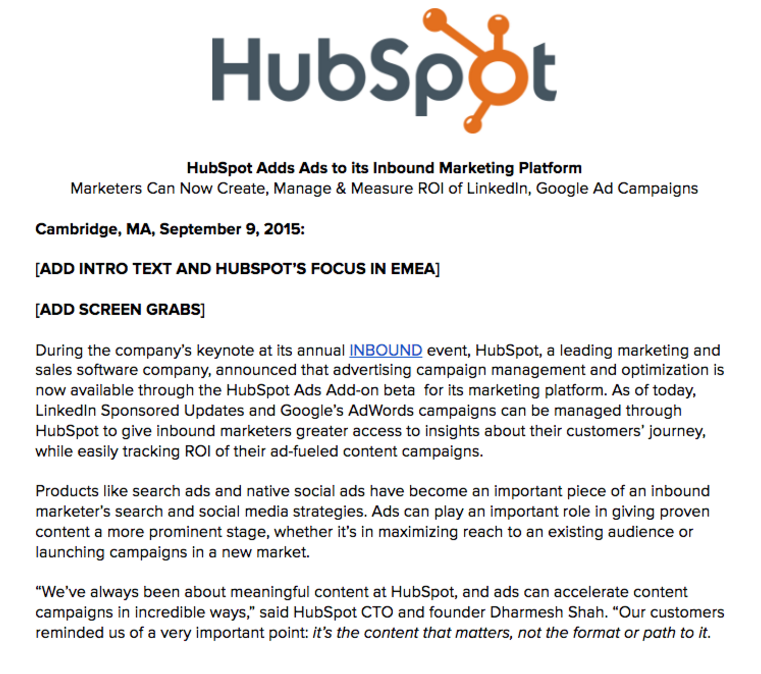

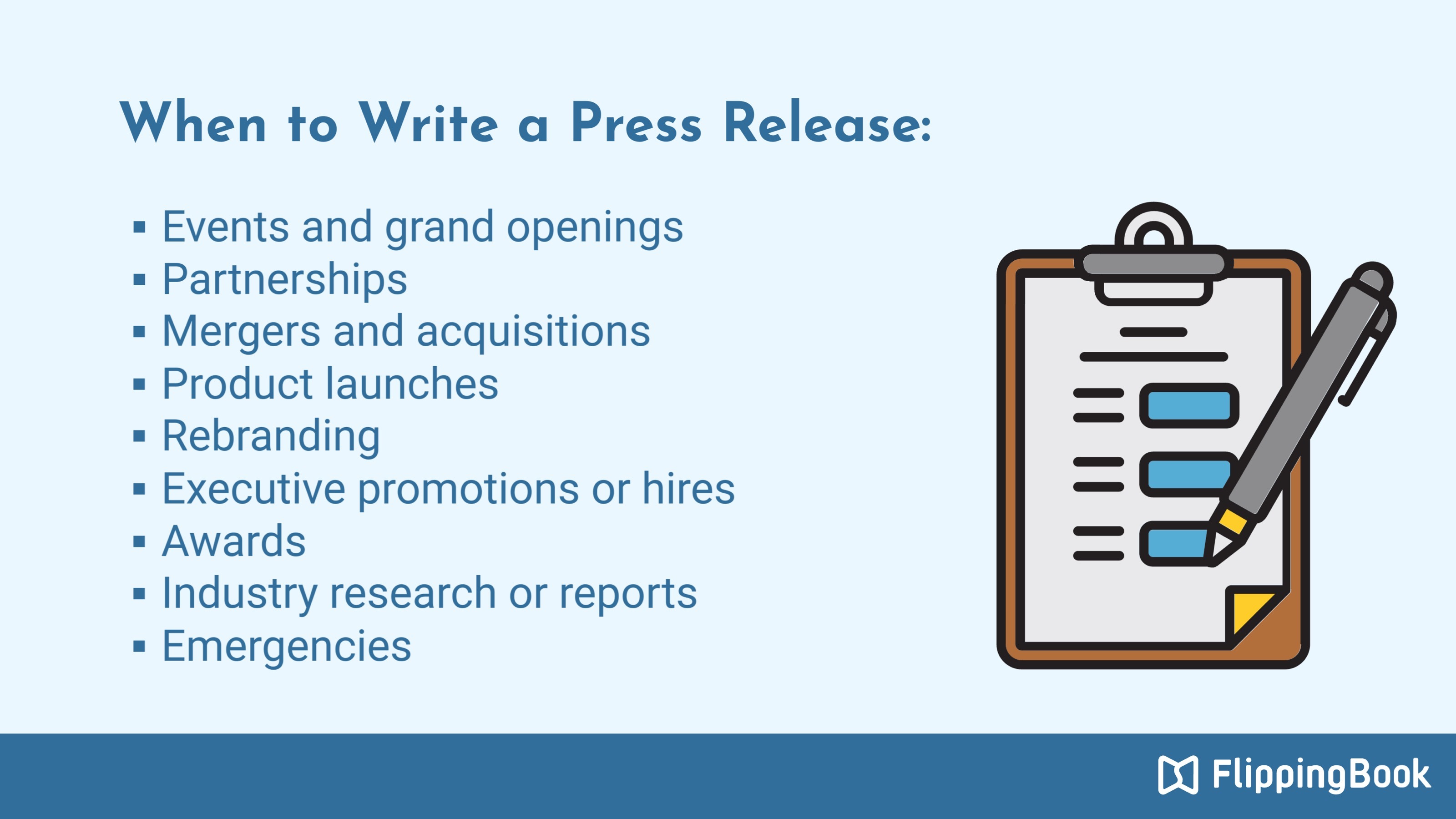
![How To Write A Press Release For A Product How to Create a Press Release Format in 2024 [+Examples]](https://ecampusontario.pressbooks.pub/app/uploads/sites/340/2016/08/FullSizeRender-11.jpg)

